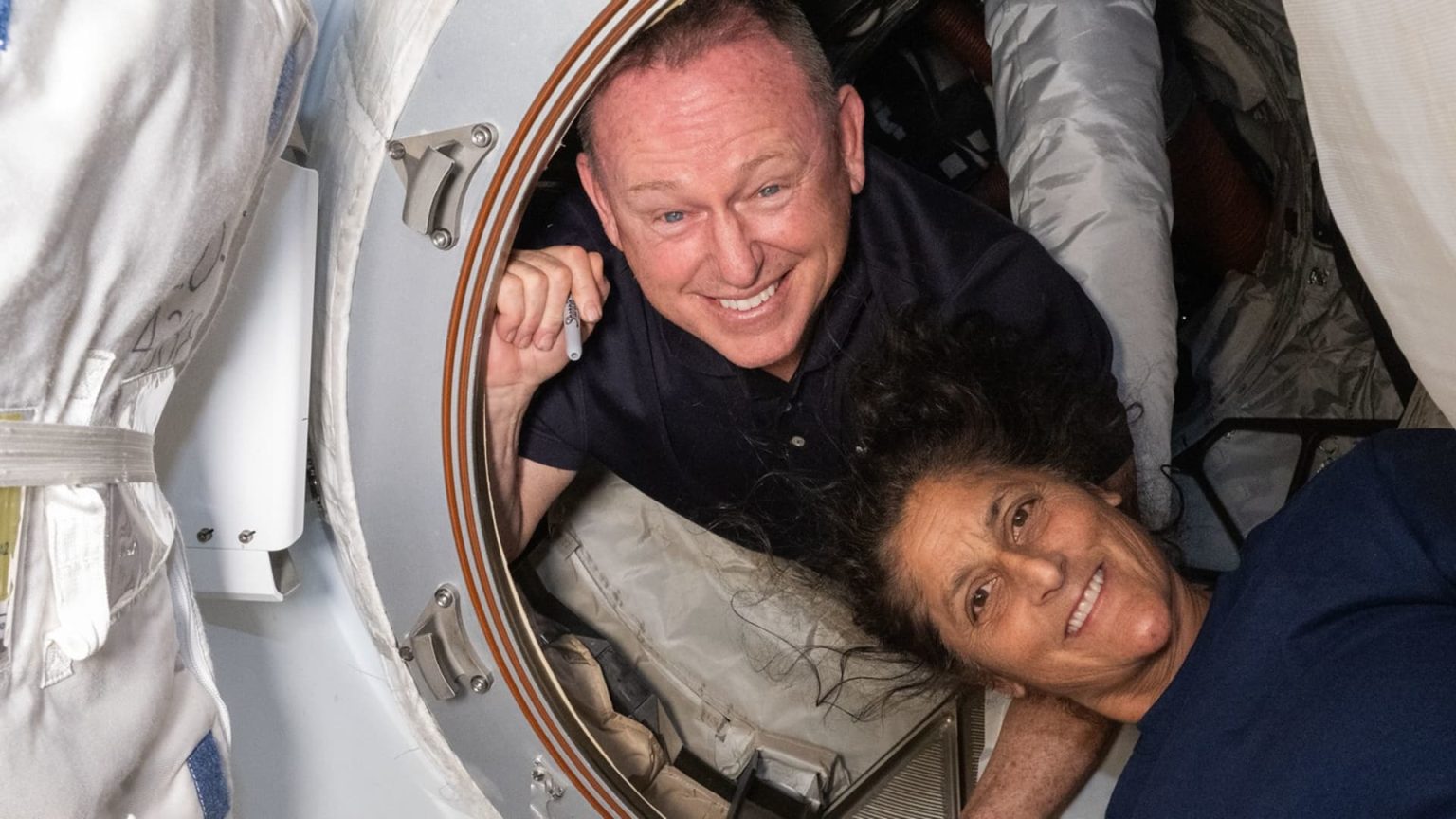Boeing’s Starliner capsule, which delivered NASA astronauts to the International Space Station in early June, will now return to Earth empty, without the astronauts on board. NASA has decided to have astronauts Butch Wilmore and Suni Williams return via SpaceX’s Dragon spacecraft, with an expected launch date of September 24th. Wilmore and Williams will remain on the ISS for about six more months before flying home in February on SpaceX’s Crew-9 vehicle, as opposed to the original plan of a nine-day test flight for Starliner.
The decision to bring Starliner back empty is a significant change for NASA and Boeing, who previously intended for the capsule to be the primary choice for returning the crew. However, issues with Starliner’s propulsion system during the crew flight test led to concerns about its safety. Despite a technical disagreement between NASA and Boeing regarding the risk of using Starliner for the crew return, both organizations are committed to understanding the root causes of the problems and making design improvements for future missions.
Boeing has been working closely with NASA to address the issues with Starliner and ensure the spacecraft’s readiness for future crewed missions. The decision to have SpaceX’s Dragon spacecraft return the astronauts was made in the interest of safety and to further evaluate and address the challenges with Starliner’s propulsion system. NASA will conduct another Flight Readiness Review to determine when Starliner will return to Earth.
Boeing’s Starliner capsule, named “Calypso,” has been stationed at the ISS since early June, as NASA and Boeing worked to identify and address the thruster failures that occurred during docking. The thrusters are crucial for a safe return of the spacecraft from the ISS. The ongoing problems with the thrusters have further delayed Starliner’s progress in the Commercial Crew program and raised concerns about Boeing’s future involvement in the program.
SpaceX will now bring two astronauts on its Crew-9 vehicle, instead of the originally planned four, to accommodate Wilmore and Williams for their return from the ISS. The decision to use SpaceX for the crew return reflects NASA’s commitment to prioritizing safety and ensuring the successful completion of the mission. Despite setbacks, NASA and Boeing remain dedicated to resolving the issues with Starliner and continuing to work together on future crewed missions to the ISS.
Ultimately, the decision to bring Starliner back empty from the ISS represents a setback for Boeing in NASA’s Commercial Crew program. With over $1.5 billion in losses incurred, Boeing’s future involvement in the program may be at risk. However, both NASA and Boeing are committed to addressing the challenges with Starliner, understanding the root causes of the propulsion system problems, and ensuring the safety and success of future missions.


